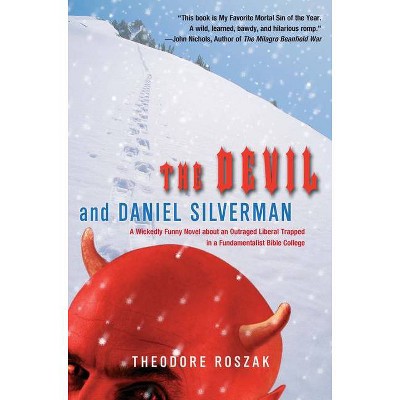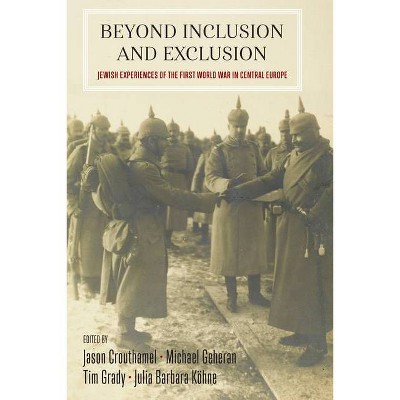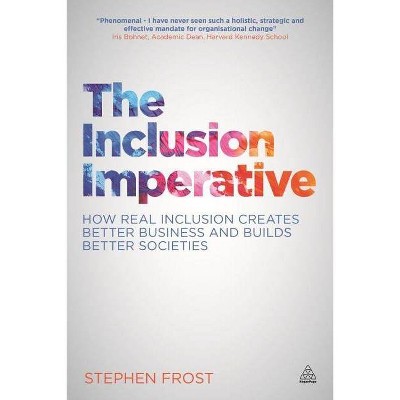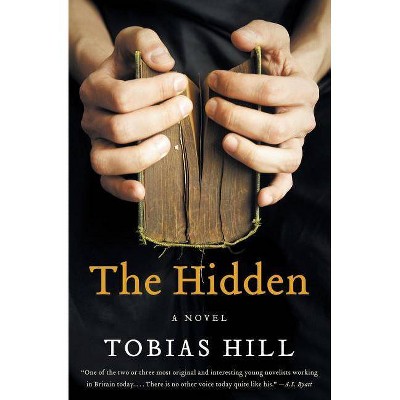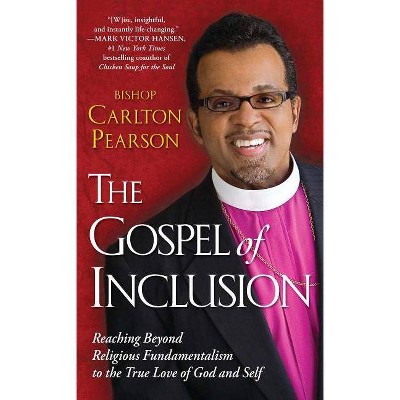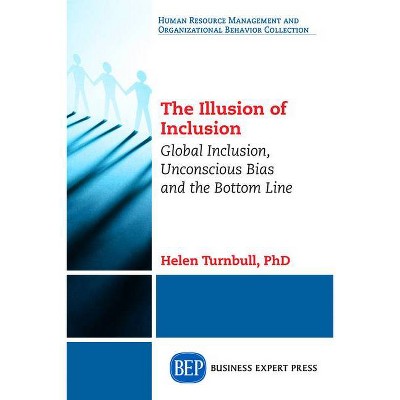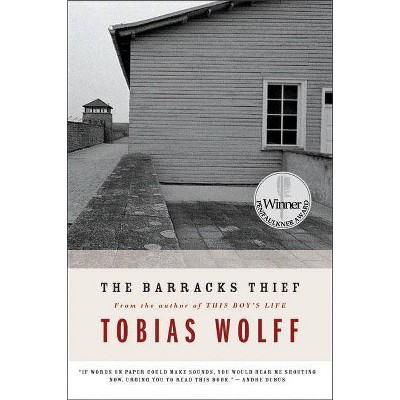The Arsenal of Exclusion & Inclusion - 2nd Edition by Interboro Partners & Tobias Armborst & Daniel D'Oca & Georgeen Theodore (Paperback)
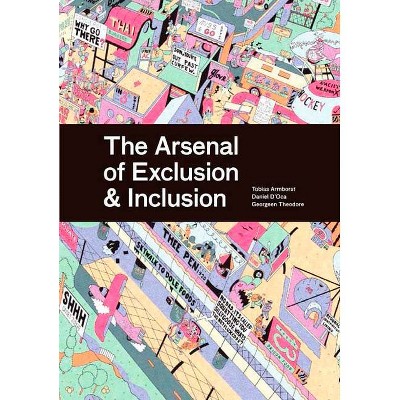
Similar Products
Products of same category from the store
AllProduct info
<p/><br></br><p><b> Book Synopsis </b></p></br></br><b>With contributions from over fifty architects, planners, geographers, historians, and journalists, The Arsenal offers a wide-ranging view of the forces that shape our cities.</b> <p/> Who gets to be where? The Arsenal of Exclusion & Inclusion examines some of the policies, practices, and physical artifacts that have been used by planners, policymakers, developers, real estate brokers, community activists, and other urban actors in the United States to draw, erase, or redraw the lines that divide. The Arsenal inventories these weapons of exclusion and inclusion, describes how they have been used, and speculates about how they might be deployed (or retired) for the sake of more open cities in which more people have access to more places. With contributions from over fifty architects, planners, geographers, historians, and journalists, The Arsenal offers a wide-ranging view of the forces that shape our cities. <p/> With contributions from some of the best minds in architecture, such as Julie Behrens, Bill Bishop, Lisa Brawley, Ava Bromberg, Marshall Brown, Common Room, Charles Connerly, Nathan Connolly, Margaret Crawford, Alexander D'Hooghe, Elizabeth Evitts Dickenson, David Freund, Gerald Frug, Vincent James, Jeffrey Johnson, Michael Kubo, Kaja Kuhl, Matthew Lassiter, Amy Lavine, Setha Low, Thomas Oles, Michael Piper, Wendy Plotkin, Jenny Polak, Albert Pope, Mathan Ratinam, Brian Ripel, James Rojas, Theresa Schwarz, Roger Sherman, Susan Sloan, Lior Strahilevitz, Meredith TenHoor, William TenHoor, Thumb Projects (Graphic Design), Stephen Walker and Jennifer Yoos, among others. <p/>This publication won a Graham Foundation Grant<p/><br></br><p><b> Review Quotes </b></p></br></br><br>A project several years in the making, Interboro Partner's new book The Arsenal of Inclusion & Exclusion is a field-guide to the often-imperceptible codes and conventions that are as responsible, if not more, for the form of the contemporary city than traditional design. Like modern-day urban detectives, the Brooklyn-based studio shows that seemingly innocuous things, from zoning to parking restrictions, are responsible for either making the city more accessible or more closed-off, often depending on who you are or what you look like. <b>--Archinect</b><br><br>In architecture, what you exclude is often just as important as what you build. That becomes abundantly clear in the wonderful new compendium of techniques to keep things and especially people out, The Arsenal of Exclusion & Inclusion (Actar Publishers, 2017), by the New York City-based Interboro (Tobias Armborst, Daniel D'Oca, and Georgeen Theodore, AIA). The book is a dictionary of terms for arranging space and access to space through legal and financial means. These range from zoning and redlining to classical music--piped into convenience store parking lots to deter loiterers--and skywalks, which keep shoppers and office workers safe from the elements and panhandlers. The Arsenal is also a guide to modes of resistance, and thus an implied manifesto about how we can address architecture's complicity with social exclusion. The book is as important for architects to have on their desks as any building code--whose mechanisms it reveals along the way. <b>--Aaron Betsky, Architect Magazine</b><br><br>The arsenal in Arsenal is a range of tactics and policies that have been, per Interboro, weaponized--made into agents in a covert war over who gets to be where and who de- cides. The book's encyclopedic format allows the reader to range across ideas small and large, from Accessory Dwelling Unit, a weapon of inclusion because of its ability to increase density and make cities more affordable, to Youth Curfew, a weapon of exclusion that uses a temporal, rather than a physical, fence to keep certain populations out of public space. <b>--Landscape Architecture Magazine</b><br><br>The Arsenal comes at a critical time when interest in the urban realm has moved beyond the innocence of tactical urbanism, with its ubiquitous vocabulary of parklets and bike lanes, and now includes protest movements to fight the perceived agents of gentrification.... The text ultimately embraces history over how-to. The Arsenal, then, could be thought of as an urbanist's I Ching, but rather than divining the future, each entry tells us about where we have been and where we are right now. <b>--Metropolis Magazine</b><br><br>The Arsenal goes ... broader, addressing private, public and shared spaces. A series of essays by Interboro and in-the-trenches contributors show that the ways we plan and design our built environment, and allow (or forbid) access to it, have a serious impact on everything from economic mobility to public health. <b>--The New York Times</b><br>
Price History
Cheapest price in the interval: 35.49 on October 22, 2021
Most expensive price in the interval: 35.49 on December 20, 2021
Price Archive shows prices from various stores, lets you see history and find the cheapest. There is no actual sale on the website. For all support, inquiry and suggestion messagescommunication@pricearchive.us
